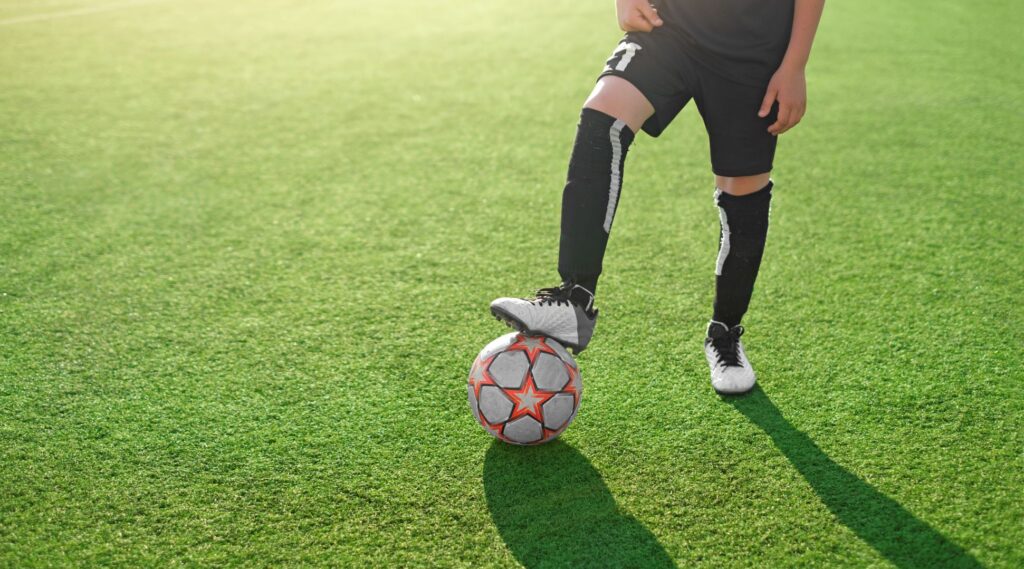Should 5 Year Olds Wear Soccer Cleats?
Consider these important factors when shopping for shoes for your young athlete: safety, comfort, size. A good fit will leave about half an in between the big and the cleat. A quarter-inch gap is possible if your child grows quickly. Remember, shoes that are too big can cause injuries.
Comfort
First, consider the comfort of your child’s feet when wearing cleats. Your child should allow for about 1 inch between the front of their toes and the front end of the cleat. You should consider hand-me-downs that are well-fitting. These cleats can be worn as long as your child is happy with them. However, some children grow faster than others.
Kids’ cleats should be made of a lightweight, flexible material with a good amount of shock absorption. A properly fitted pair won’t be painful. A pair of shoes should have a smooth sole. The cleats should also be properly fitted to reduce the chance of stress fractures.
Safety
Soccer cleats are not recommended for children under five years old. Ankle sprains in children are quite common, and 90 percent of them happen on fields with uneven or poor surface. Children who wear cleats are more likely than others to injure their feet. Children should also learn proper running and turning techniques. Performing these movements incorrectly can cause a knee injury.
Brands
There are many brands to choose when shopping for cleats. Some are more fashion-oriented while others are more functional. Nike and Adidas are two brands that are popular among kids. No matter if your child just started playing soccer or is a seasoned player, it is important that they find a style they like. You should also consider soccer socks, which will prevent calluses and corns as well as blisters.

Some brands use synthetic leather uppers. These types are lighter than leather, and they require a bit of breaking in. They feel solid and offer good traction. Synthetic materials are also more affordable and easier to maintain.
Size
To determine the right size soccer cleats for your five year old, have a professional measure your feet. Be sure to measure both feet, because the difference in size can be significant. The shoe should be about a thumb-width larger than your child’s big toe, but not wider. This allows for growth. A smaller shoe will hinder a child’s ability to run.
Kids should try on soccer cleats before purchasing. It is important that the cleats fit properly, since too tight or loose shoes can cause unnecessary pain to the foot. Additionally, improperly fitting soccer cleats may lead to blisters.
Price
Whether your child is planning to play soccer as a hobby or as a competitive sport, cleats will help them stay comfortable and give them the support they need. Some leagues may require cleats to reduce the risk of injury. These should not be a burden on your child.
There are many price options for clings for young children. The mid-range ones cost around $35 to $60 and are made by top brands. They are durable and provide good traction on different surfaces. The more expensive models are made from higher-end materials and feature the best fit technology. They are also more fashionable. You should measure the foot size of your child every month to determine the correct size.